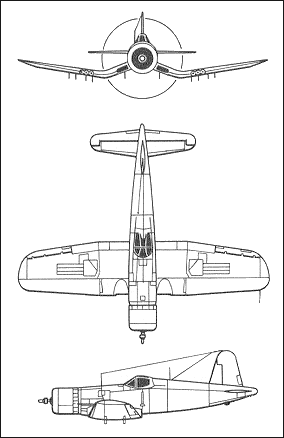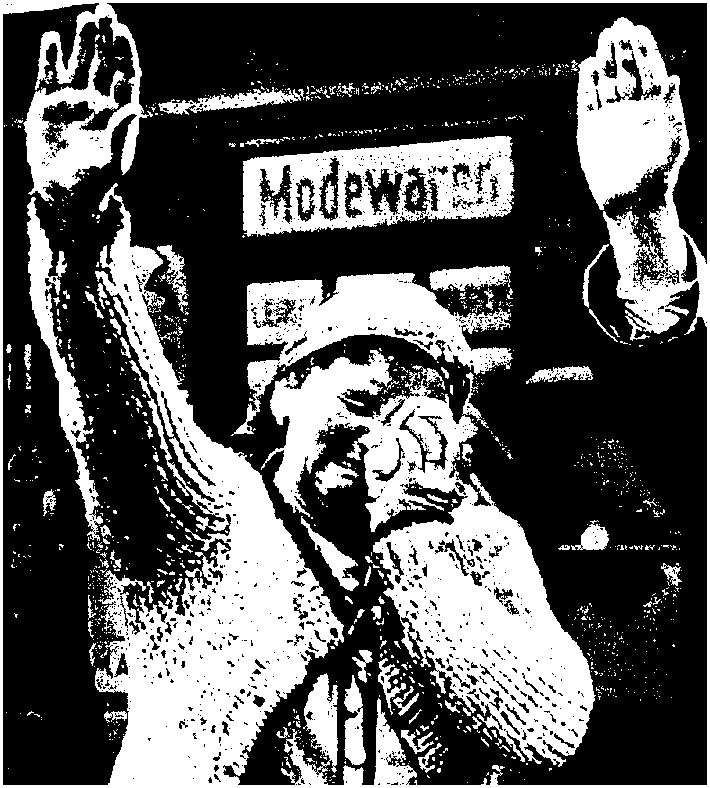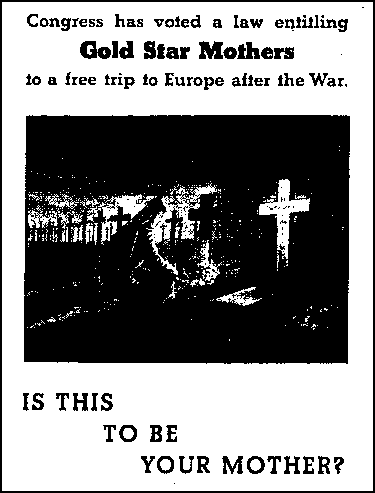Unforgettable Stories and
Photographs from History's
Greatest Conflict
Neil Kagan
Stephen G. Hyslop
(National Geographic)

I was eight years old when it broke out. I remember listening to the radio in the living room, an old upright Philco, as the newscasters tried to get through to Pearl Harbor on December 7, 1941. They failed --- and the next day, we were at war. It was glorious for a child who had no concept of the ruinous goings-on in far off places with strange sounding names: Warsaw, Sevastopol, Leningrad, Sicily, El Alamein, Midway, New Guinea, Guadalcanal, Burma, Iwo, Normandy, Berlin, Tokyo.
We saved tin cans and aluminum foil, hoarded bacon and automobile tires, put a sticker on the family car for gasoline, bought Victory Bonds, sealed our lips ("Loose Lips Sink Ships"), and followed it all with Ed Murrow on the radio and maps in the newspapers: the two fronts, one in Europe, the other in the Pacific, always --- after 1943 --- moving in the right direction: towards Berlin, or Tokyo.
My father was one of fifty people who helped talk Washington into putting a naval base in Jacksonville. And, in the later stages, our house was filled with "servicemen." Which, since I had three sisters of dating age, livened up the place considerably.
Out on the street, it was war games for us kids. Tyler Potterfield had sort of slanted eyes, so he was designated as our gang's "Jap." He would leap in the air, and cry "Banzai!" or "Hari-kari!" and we would shoot him dead, and he would fall to the ground dead.
And Radford and Tooie and I would play "poison gas" in the living room where the radio was, and where poisonous gas would leak out of an electrical socket on the wall as we choked and coughed and fell writhing on the carpet until it was time to get up and go eat tunafish sandwiches and potato chips for lunch.
In school, we learned how to salute the flag differently: before we had put our hands on our hearts, and --- as we said "to the United States of America" --- we would hold it out, palms up, aiming it at the flag. We were told that the Germans did their hands like that, so after that we kept our hands on our hearts as we pledged our eternal and heart-felt allegiance to America.
When we bought Fleer's Double-Bubble Gum --- very hard to get; had something to do with the fact that chewing gum was also used for military vehicle tires --- included with the gum were pictures on the wrappings that showed us how to distinguish the Japanese from the Chinese in case they invaded, or if we ever took any of them prisoner. It had something to do with the spacing of the toes, but I could never remember which was which, so we were fortunate that neither came to town.
It was a fun war for a kid --- at least for this kid. My father got me model airplanes from the Naval Air Station, black plastic planes that I hung on a line across the bedroom. They were used to show trainees the difference between ours and theirs, between PBYs and Boeing B17s and P38s. My favorite was a Grumman F4U, painted blue, with a propeller that actually turned.
It wasn't until years later that we saw the war as it was. The government censored all magazines and newspapers and broadcasts. Pictures of the dead that might have frightened us were not permitted. It mught have been a war of sweat and tears but it was never of blood.

As Witness shows, WWII was a vicious one (they all are) and those we knew who fought in it never seemed to want to be reminded of what they had done to bring about V-E day and V-J day. It was and still might be our most forgotten war. Which isn't to say that it didn't change things.
If you consider, as most historians do, that WWII was merely an extension of WWI, then the two of them did finally, at last, bring home to those who ran the world that war is a fairly expensive proposition, and that wars exact such a heavy price --- whatever causes them --- that they just aren't worth it. At least 25,000,000 military, and 50,000,000 civilians died between 1939 and 1945, not counting those whose were lives were ruined, economically, socially, psychologically. There hasn't been a big one for almost seventy years, and unless the yahoos take over, I suspect there will not be one ever again like it. At least not in our lifetime.
We did learn a couple of the big lessons from it that still rule our political, social, and economic lives:
(1) Don't ever screw with the middle class, especially when it comes to fiscal matters. The commercial bank and heavy industry bailouts of 2008-9 reflect the truth that WWII taught us. The middle class --- at least of the Central Powers --- had been debased by the super-inflation of 1923 and then the depression that followed a few years later (Hitler had been elected by democratic vote in 1932);
(2) Super-nationalism just isn't worth it. Most European nation-states that had fought so many vicious wars since 1400 were, thank god, effectively dissolved by the creation of the Common Market;
(3) Finally, treat a defeated enemy gingerly. As surely as the sparks fly upwards, the vicious terms given Germany at Versailles and the humiliation of Japan by the Western colonialists in the century before WWII laid the groundwork for this conflagration.
And it is no accident that the lesson was well taken: Germany and Japan were able to rise up from the ashes to dominate technological productivity in the western world for the half-century that followed their defeat in 1944 - 1945..
I am not so sure I would recommend Eyewitness to anyone. The pictures themselves --- all black-and-white --- tell the story well, all too well. People and communities and cities and infrastructure are blown apart. The harshest photographs are the rarest, for where the war was most destructive to human life --- the Eastern Front between Germany and Soviet Russia --- was not easily recorded. It was not a place where people normally toted around cameras for casual picture-taking. Those few photographs that do appear are often poorly focused but uniformly devastating. Several shots of soldiers, horses, machines and the dispossessed battling each other and the fearsome Eastern European winters are the most grim.
There are several narrative passages that surprised us. Although we were informed throughout the war that America's military strategy was to win in Europe first, then take on the broader Pacific Theatre --- the fact is that more of our troops were dispersed throughout the Far East than were ever committed to Europe, at least until the summer of 1944. And we find out that the reason for the US surprise victory at Midway early on in the war was certainly not fire-power: we had less in the way of naval strength than the Japanese. Rather, it was that early on, we had cracked the Japanese naval code. Admiral Nimitz knew exactly where the four crucial Japanese aircraft carriers were going to be on 6 June 1942, and we were able to destroy three of them. (At that time, aircraft carriers and submarines were the key to naval strength, for they deliver crucial bombs and torpedoes).
Then there is "The Battle of the Bulge." (Whoever named that one did a disservice to the thousands who died there --- "The Battle of the Bulge" was a standing joke for a decade after the fact.) Hitler shifted several divisions from the Eastern front to initiate this brief debacle for the Allies --- but it hastened the end of the war, and his own demise, because the Russians were able to advance more quickly and take Berlin sooner than anyone thought possible.

This is a weighty book, in all senses of the word. Despite my warm memories of the war, in sheer numbers of individuals murdered (bombs, flak, bullets, firepower, starvation) it was a stinker. The official estimates are 62,171,600 to 78,041,700 dead, but who is to know how many were simply burned or buried without being counted and, as grim, how many good souls were destroyed in heart and mind by such a foolish confrontation of nation-states.